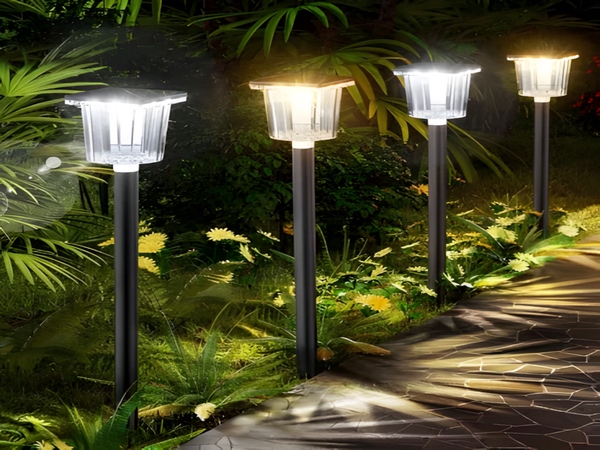
In China, solar energy, wind energy, tidal energy, and thermal energy are abundant. Among these, solar energy is widely utilized and has seemingly limitless resources.
Wind-solar complementary solar street lights
refer to a type of street light that utilizes both solar and wind energy. At the top of this type of street light, there are solar panels and a wind turbine. During the day, the solar panels collect sunlight and store it in the batteries of the street light. On cloudy days, when there is no sunlight, the wind turbine can generate energy from the wind, which is also stored. When night falls, the street light operates using the energy stored in the batteries, creating a continuous cycle.
We know that ordinary street lights emit a yellowish light, with decent illumination effects. However, wind-solar complementary solar street lights are also a type of street light, just slightly different from the conventional ones. Firstly, this type uses LED bulbs. Secondly, these street lights do not require special power sources, as they can generate their own energy, saving a lot of energy and being environmentally friendly. Next, let’s discuss the advantages and disadvantages of wind-solar complementary solar street lights.
1. Advantages of Wind-Solar Complementary Solar Street Lights
Since these street lights do not rely on electrical energy and solely use clean energy sources like solar and wind energy, they are quite eco-friendly and conserve energy to some extent. Additionally, compared to ordinary street lights, this new type is easier and more time-efficient to install because they don’t require special wiring for power supply. This reduces the installation time and costs.
In our daily lives, some street lights are affected by issues in the wiring, which disrupts the entire line of street lights. In contrast, wind-solar complementary solar street lights do not have this problem since they operate as individual units. They independently generate their own energy supply, ensuring that even if one light fails, others will not be affected. Moreover, these lights are smart-controlled, turning on automatically when the light dims to a certain level without needing manual operation.

2. Disadvantages of Wind-Solar Complementary Solar Street Lights

Despite their many advantages, why haven’t these lights been implemented nationwide? One reason is technical limitations; there are many constraints to making these street lights effective based on environmental factors. If not properly considered, the energy produced by the solar panels and wind turbines may be insufficient. Additionally, human factors also come into play, such as significant damage caused by people. If a failure occurs, it may not be detected and repaired in a timely manner, which hinders the widespread use of such street lights.
Bitpott solar street light manufacturer
specializes in the research, development, production, and sales of solar and LED outdoor lighting fixtures. With many years of production experience and advanced manufacturing equipment, we ensure quality, reasonable pricing, and configuration. For inquiries about the
price of wind-solar complementary solar street lights
, please contact us directly. Welcome to place your orders!



